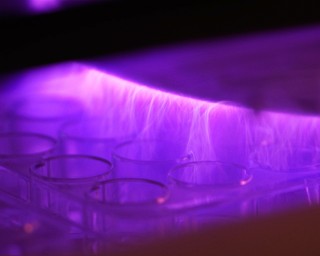
Development of AI-based measurement technology for the electroplating process chain based on the RF-200 CF Pro from B+T K-Alpha.
A major step in all manufacturing processes is the surface-coating technology used on metals. By providing, amongst other things, protection against corrosion and wear, this has a decisive influence on the durability of components. Electrochemical or galvanic coating is thereby one of the most effective and cost-efficient surface-technology processes and occupies a very large share of the global market.
more info



























